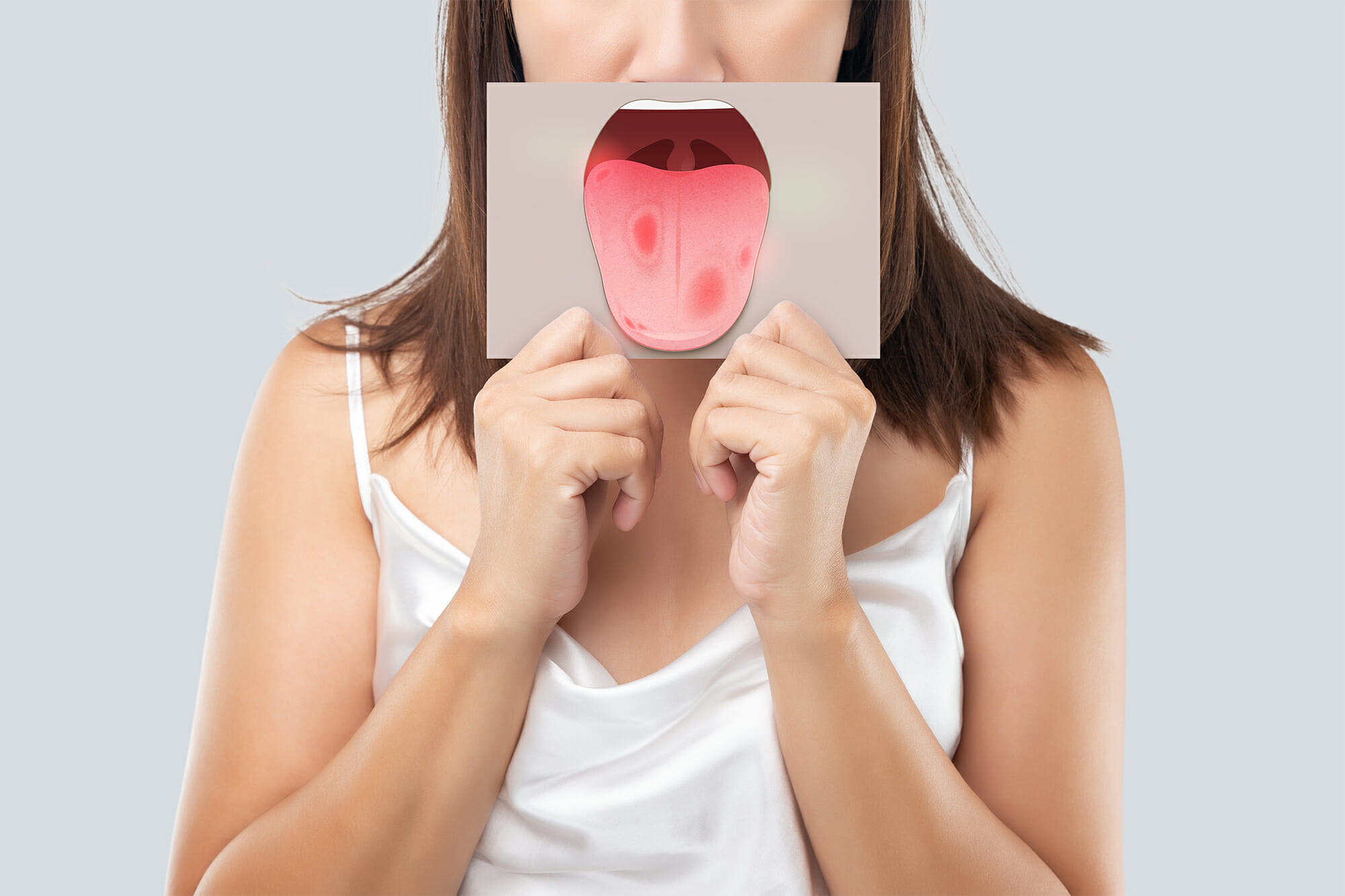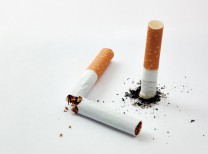Just as an annual medical checkup is essential to ensure the body is healthy, a regular oral checkup is crucial to maintaining a healthy mouth and detecting any abnormalities. Regular screenings by your dentist should include an oral cancer screening which aims to discover cancer or precancerous signs early enough to be treated successfully. Oral cancer which can be quite dangerous if not treated at an early stage, making checkups extremely important.
Risk Factors. Adults over the age of 20 should have an oral screening at least every three years, while adults over 40 should have one at their annual checkup. Individuals with risk factors, no matter the age, should be screened each year.
There are multiple known risk factors of oral cancer, with smoking as the leading known cause. In fact, individuals who use smokeless tobacco such as chew or dip are also at a higher risk especially in areas of the cheek, lip lining or gums. Excessive alcohol consumption is another associated risk factor. Human papillomavirus, also known as HPV, is a sexually transmitted disease that has been linked to an increase risk of precancerous and cancerous oral lesions and cancer in the oropharynx. Another risk factor is excessive sun exposure, as this can lead to a higher risk of cancer in the lip lining/lip area. Therefore, it’s crucial to wear sunscreen. Lastly, a family history of oral cancer can be a risk factor as well. If possible, determine family history of any type of cancer, and provide this information to your medical and dental providers.
Signs. Oral cancer may or may not be associated with symptoms which may include pain upon swallowing, discoloration or patches in the oral cavity, and persistent sores or lumps.
What does an oral cancer screening entail? A clinical exam of both the patient’s mouth and throat will be performed using a mirror and/or tongue depressor to look for abnormalities such as areas of discoloration, ulcerations, bumps/patches and swelling. All areas of the tongue, roof of the mouth, inner lining of the cheeks, tonsils and gums also will be examined. Additionally, the dentist will check your lymph nodes in the head and neck area and palpate the jaw for any unusual areas. If abnormal areas are found, the dentist will determine if it should just be monitored or sent out for a biopsy. Occasionally referrals will be made to an oral maxillofacial surgeon for further evaluation.
How can you reduce your risks? Annual dental visits for routine checkups are the best way to minimize risk in addition to a healthy lifestyle. Limit smoking and alcohol intake and wear proper sun protection. Determine your risk factors and establish a schedule for regular oral cancer screenings. Lastly, conduct self-examinations and if an area looks suspicious or symptoms arise, contact your dentist for further evaluation.
Sarah Khoshniyati (“Dr. Sarah”) is a dentist with Palm Desert Smiles and can be reached at (760) 568.3602. Visit www.PalmDesertSmiles.com.
















































Comments (0)